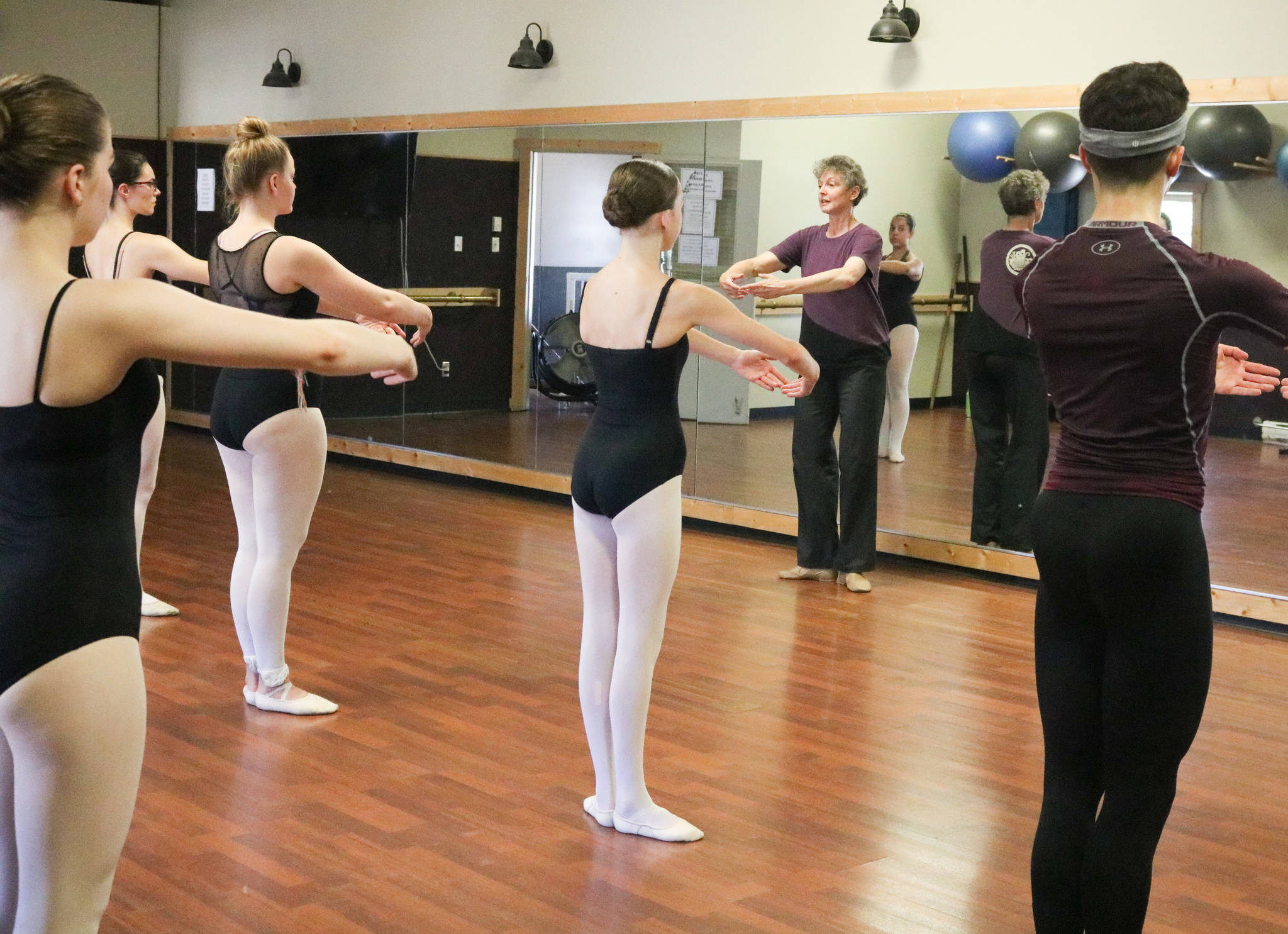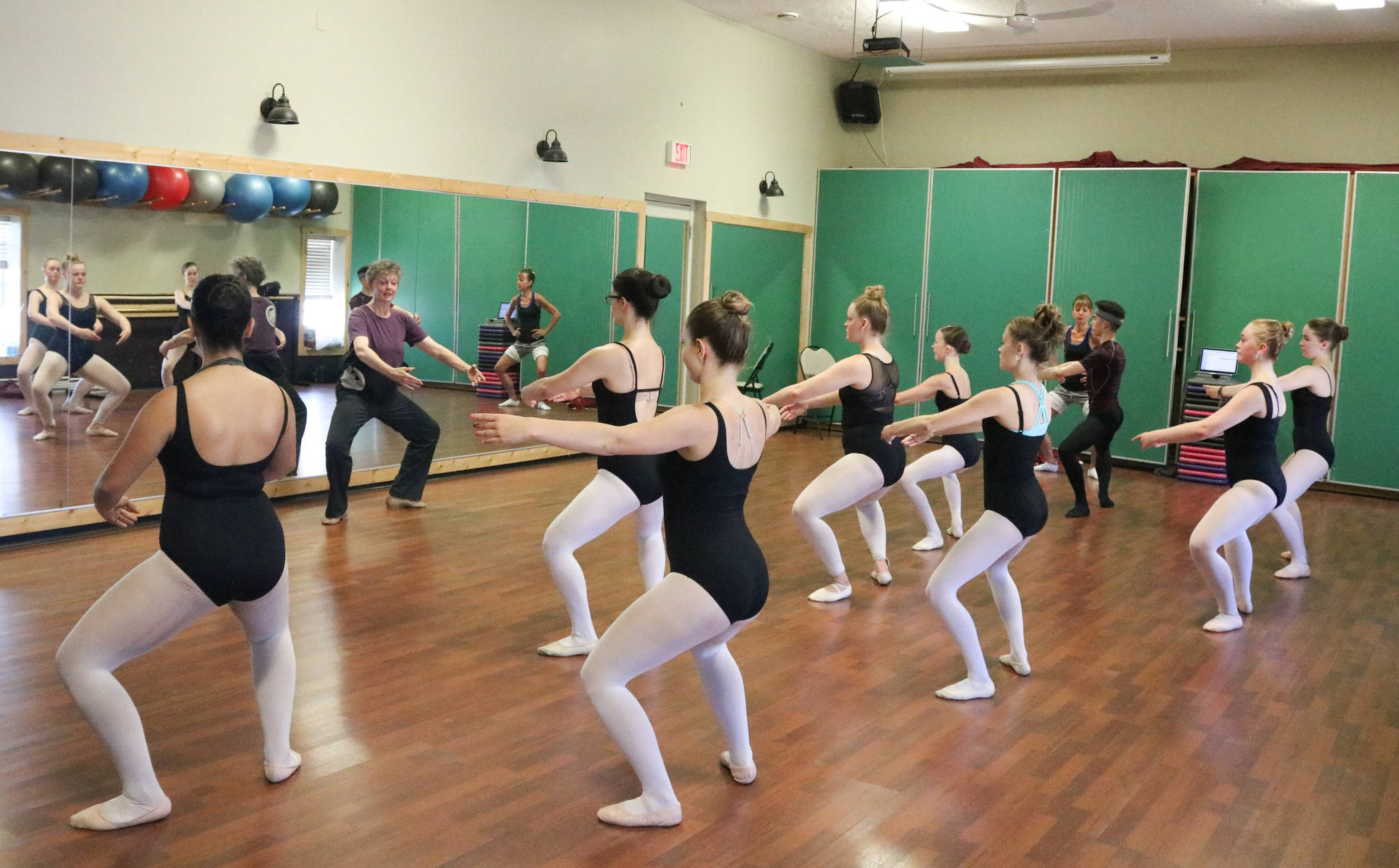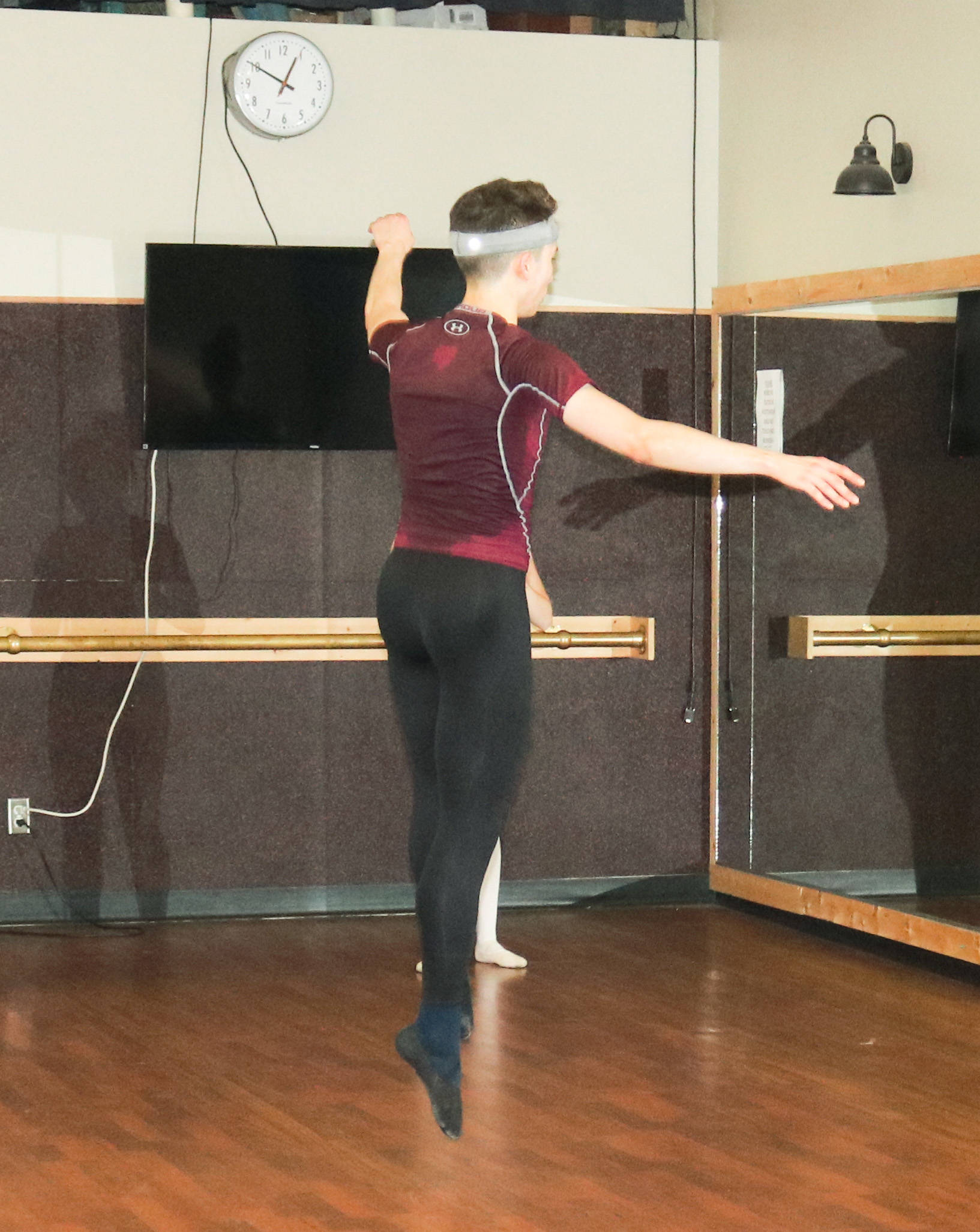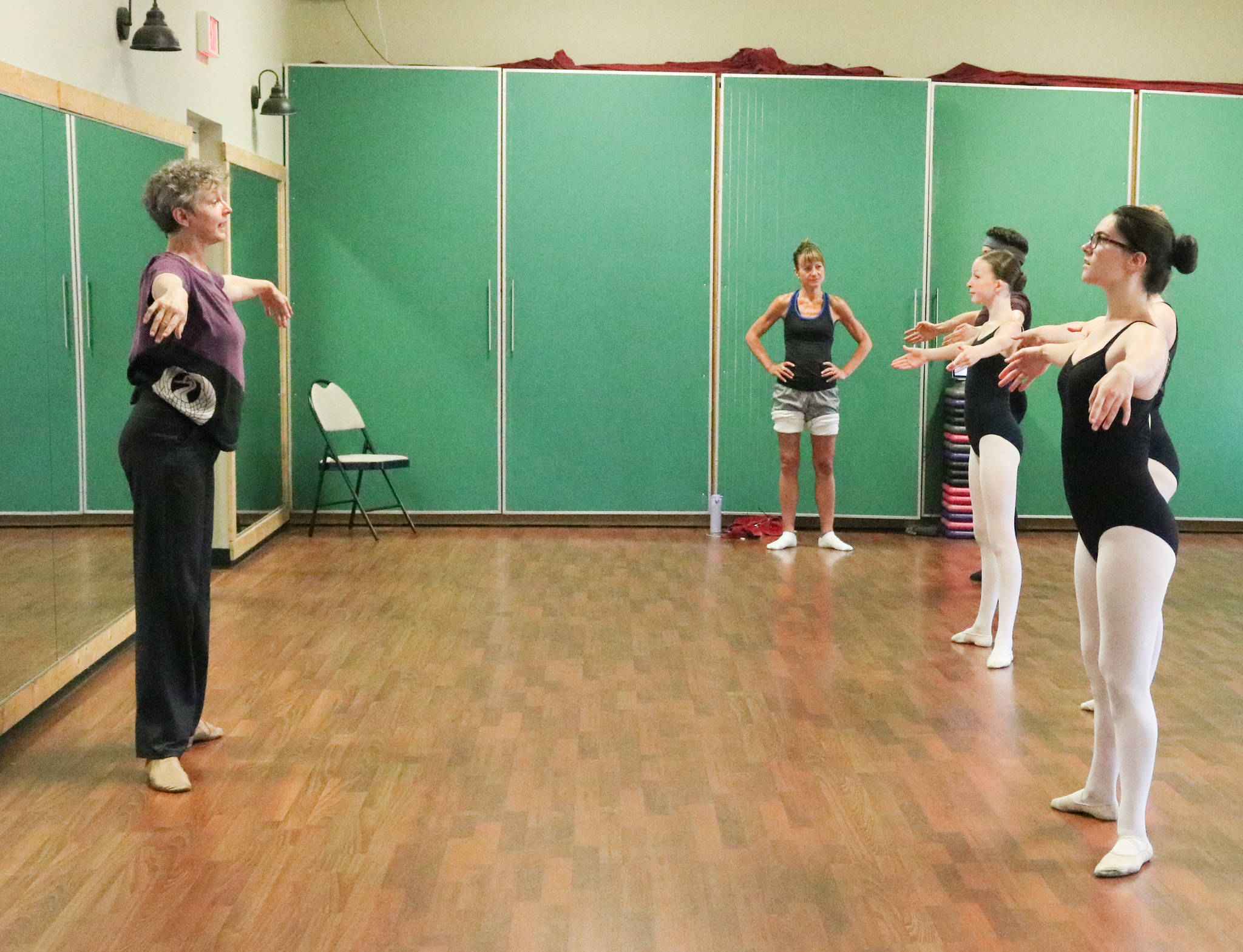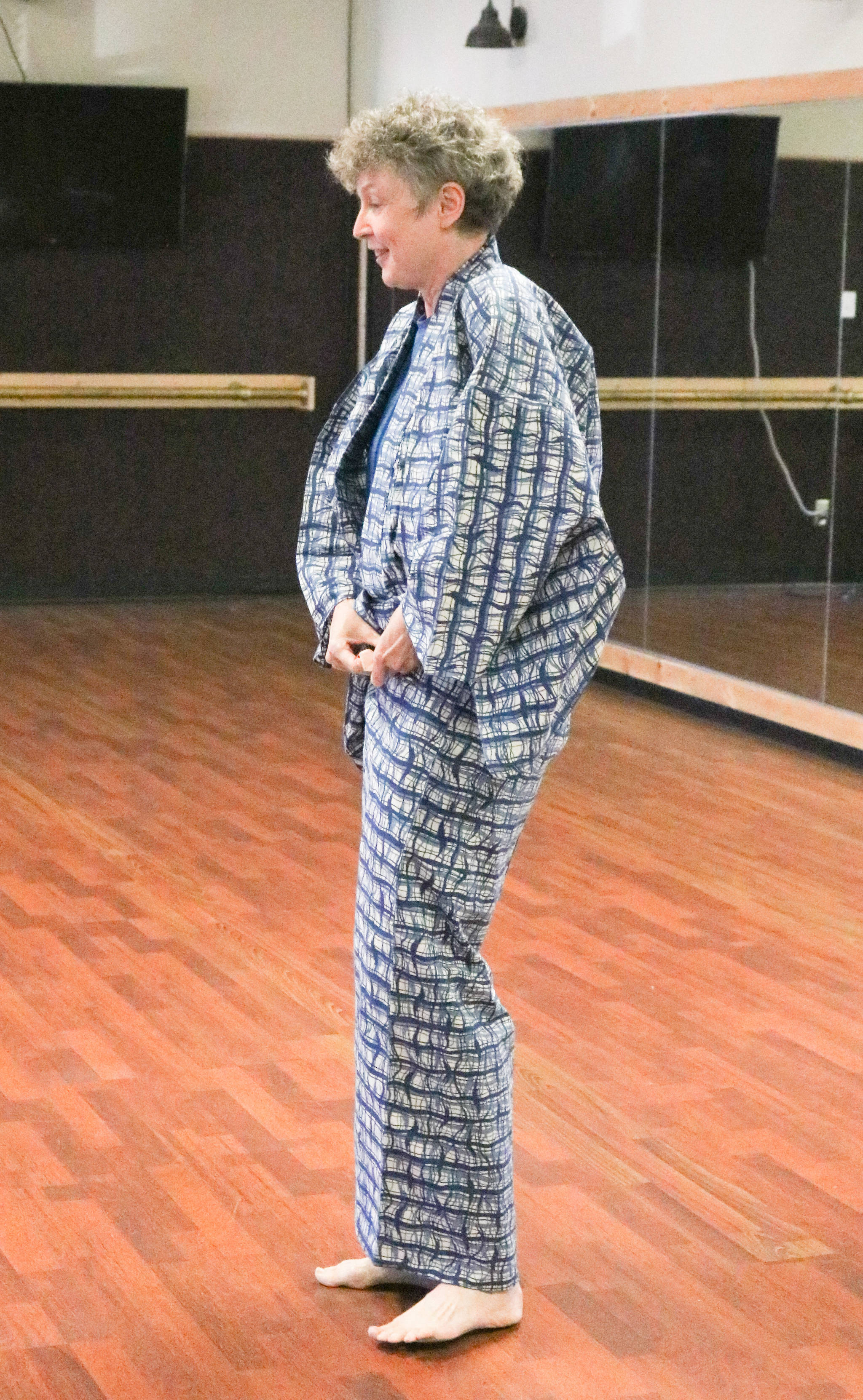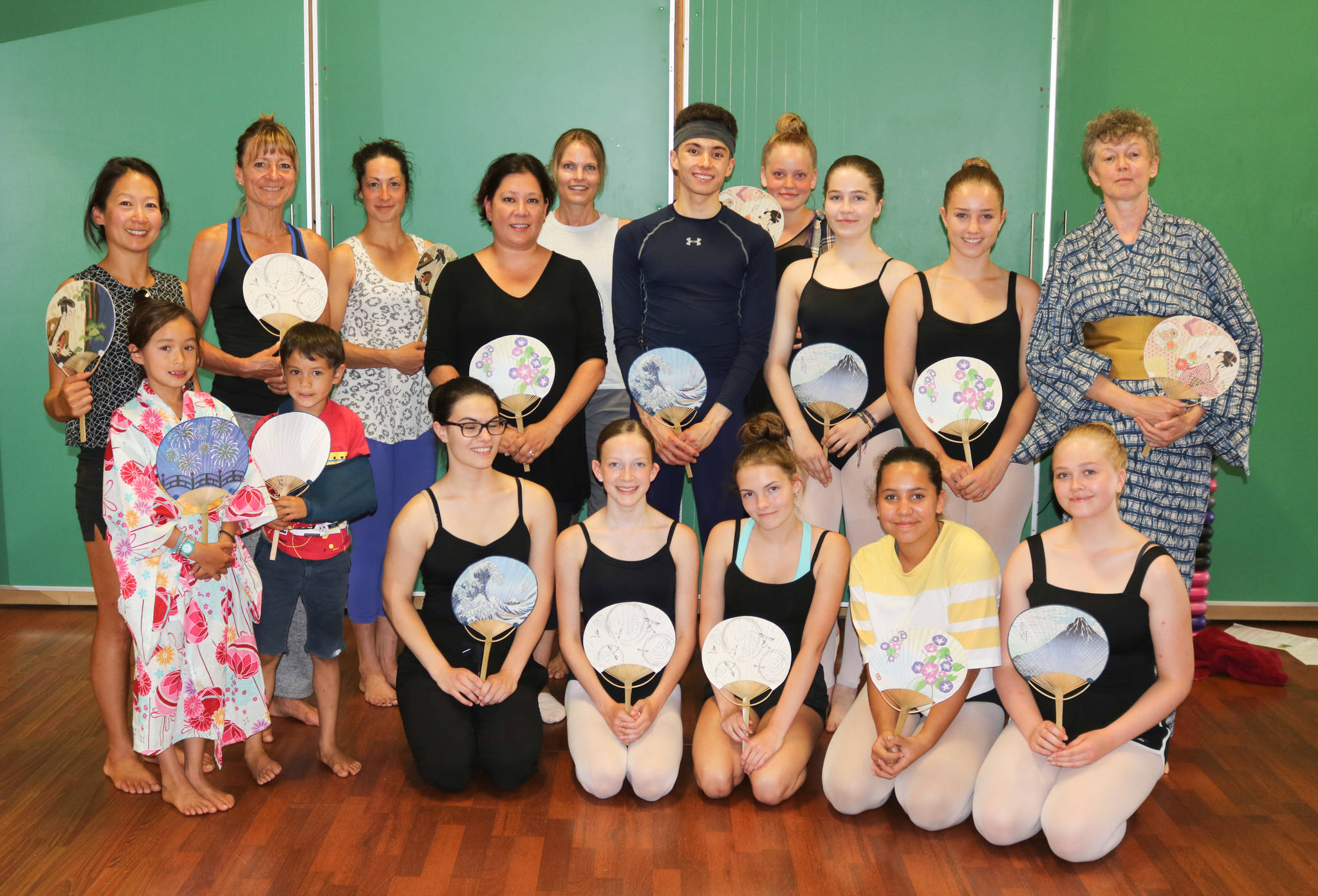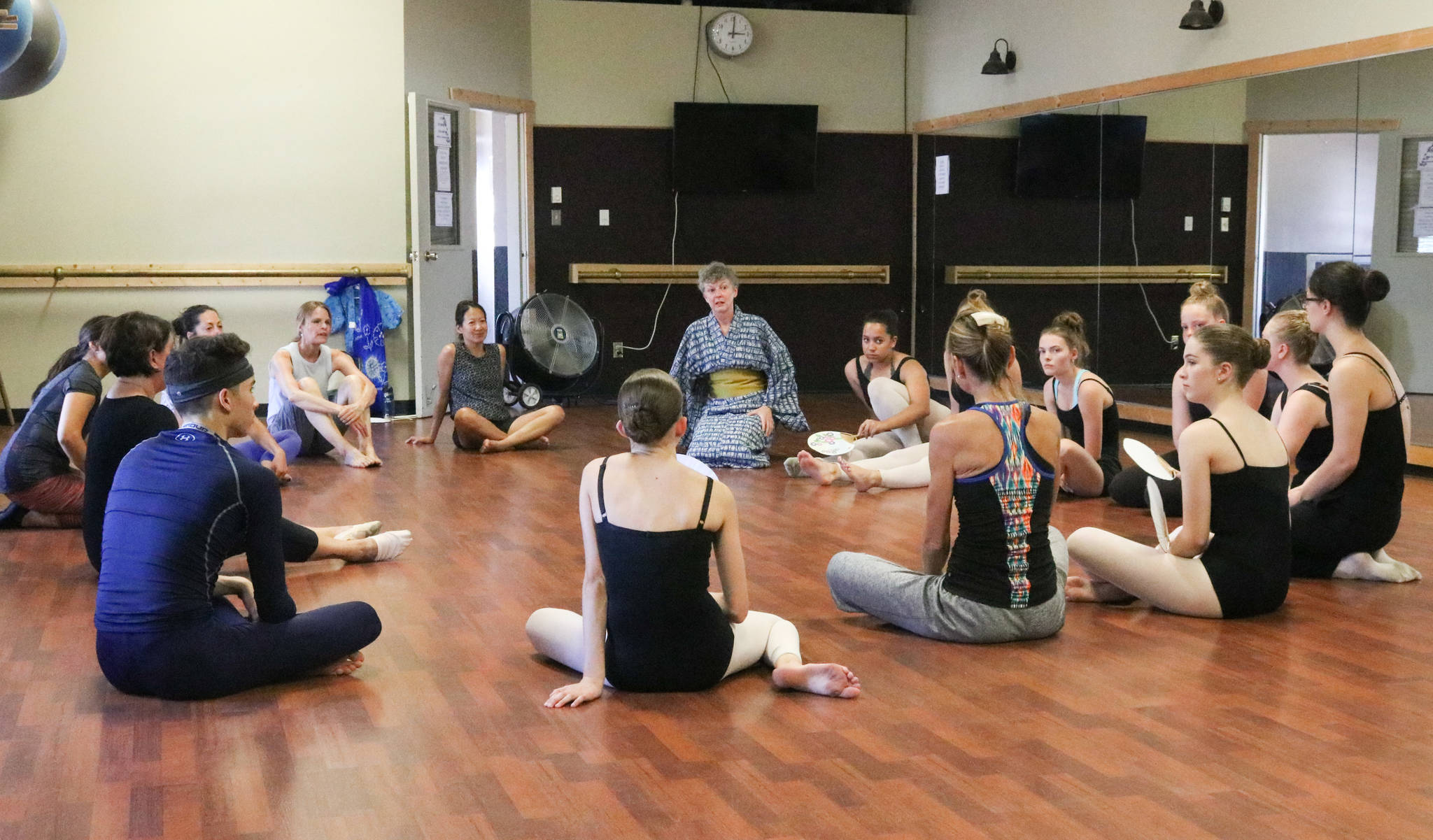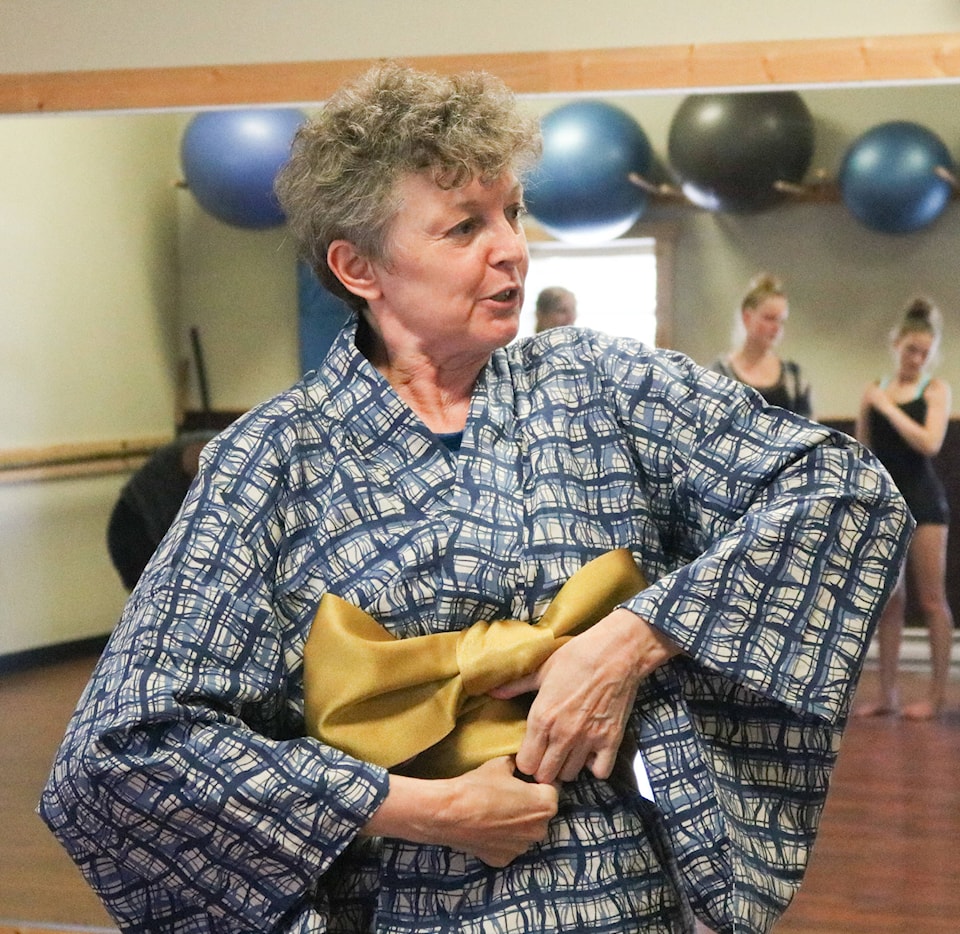This time of year the weather is hot in Japan, but it’s a family time of year celebrated by the O-Bon festival.
Street festivals which feature traditional dances seem to be everywhere.
This three-day family reunion period started as a Buddhist-Confucian custom and has been celebrated in the country for more than 500 years.
So how did a Canadian ballet teacher end up teaching the elements of the traditional Obon odori to a group of youngsters in the middle of B.C.?
Thirty years ago, Helen Price, a graduate of the National Ballet of Canada School, had been an international dancer and choreographer before moving to Japan where she opened her own dance studio, which hosts world renowned dancers and instructors. As a natural part of living there, Price has also participated in the local Obon matsuri, or festival.
Her long-time friend Monica Kapelar invited her to participate in a series of ballet workshops in Smithers and in the course of planning these workshops, they decided on an introduction to the Obon odori.
While the translation of “Obon” is not so simple, “odori” quite conveniently means “dance.” Obon odori becomes the dance performed at local festivals. There is a wide variation as one goes from place to place.
Price has a Japanese husband and her daughter, while not a ballet dancer, enjoys a certain amount of expertise in nihon buyo, or traditional Japanese dance.
As part of the class, Price showed the students how she put on her yukata, traditional Japanese informal summer kimono. The folds of the dress and the application of the obi, or waistband, are intricate and must be performed properly and in order of they are to remain properly applied. It was a work of art which kept the young students rapt with attention.
Next were the simple steps of the various Obon dances.
Price explained what the various steps meant and how they developed in the various regions of the country, for example hand movements that were like shoveling from a coal mining region.
Price had the traditional music for the different dances and the students were able to practice their new skills in as close conditions as possible.
Price had gone to Japan originally to dance in a dinner theatre after she had given up ballet. She and Kapelar had danced together in Toronto for several years. In Tokyo she met her future husband and father of her daughter.
Kapelar has visited Price as a guest dance instructor in Japan and over the course of the visits, the idea of Price visiting here to teach ballet and introduce the Obon Odori dances developed.
